Introduction
Rock sugar pear, a beloved traditional Chinese dessert, has captivated taste buds and soothed souls for centuries. This humble dish, crafted by steaming pears with rock sugar, is renowned for its delicate sweetness, therapeutic qualities, and comforting warmth. Central to its preparation is the question: How long should rock sugar pear be steamed to achieve perfection? This article delves into the nuances of steaming time, exploring factors that influence cooking duration, techniques to ensure flawless results, and the cultural significance of this timeless recipe. Whether you’re a novice cook or a seasoned chef, understanding the interplay between time, heat, and ingredients will empower you to create a dessert that balances texture, flavor, and health benefits.
The Science Behind Steaming
Steaming is a gentle cooking method that harnesses vaporized water to cook food evenly while preserving its natural flavors, vitamins, and minerals. Unlike boiling or frying, steaming maintains the integrity of ingredients, making it ideal for delicate fruits like pears. The process softens the pear’s flesh, melding it with the melted rock sugar to create a syrupy, aromatic broth. Achieving the ideal texture—tender yet intact—hinges on precise timing. Oversteaming risks turning the pear into mush, while understeaming leaves it firm and less aromatic.
Selecting the Right Ingredients
The foundation of exceptional rock sugar pear lies in ingredient quality. Opt for firm, ripe pears, preferably Asian varieties like Ya pear (雪花梨) or Chojuro pear, known for their crisp texture and subtle floral notes. Avoid overly soft or bruised fruits, as they may disintegrate during steaming. Rock sugar (冰糖), a traditional unprocessed cane sugar, imparts a clean sweetness without overpowering the pear’s natural flavor. Its large crystals dissolve slowly, infusing the dish with a mellow caramel-like essence.
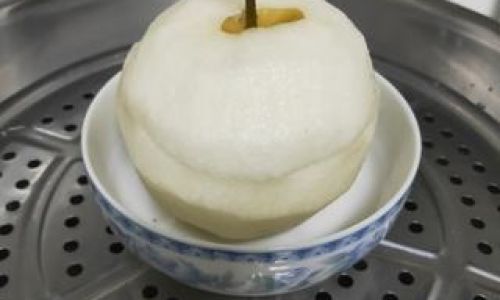
Preparation: Prepping the Pear and Sugar
- Peeling and Coring: Begin by peeling the pear, leaving the stem intact for aesthetic appeal. Use a melon baller or small spoon to core the pear, creating a hollow cavity for the rock sugar. Some recipes retain the pear’s core, claiming it enhances flavor, but removing it ensures even sugar distribution.
- Adding Sugar: Place 1–2 tablespoons of rock sugar inside the pear’s cavity. Adjust the quantity based on the pear’s size and your sweetness preference. For added complexity, include complementary ingredients like goji berries, jujube dates, or a slice of ginger.
- Vessel Choice: Use a heatproof ceramic bowl, glass dish, or bamboo steamer lined with parchment paper to prevent sticking. Ensure the vessel fits snugly inside your steamer or pot.
Steaming Time: The Golden Rule
The optimal steaming time for rock sugar pear typically ranges from 25 to 40 minutes, depending on several variables:
- Pear Size: Larger pears (200–250 grams) require 35–40 minutes, while smaller ones (150–180 grams) need 25–30 minutes.
- Pear Variety: Softer varieties like Nashi pears may cook faster than denser types.
- Desired Texture: For a firm, slightly crisp pear, aim for the shorter end of the range. For a melt-in-the-mouth consistency, extend steaming.
- Altitude: At high elevations, lower boiling points may necessitate longer cooking times.
Step-by-Step Steaming Guide
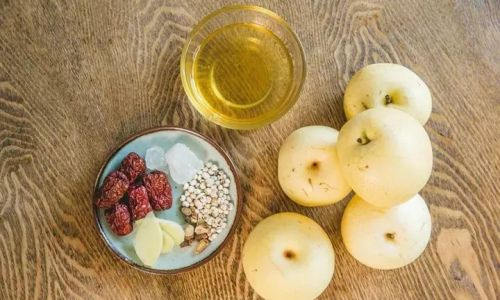
- Prepare the Steamer: Fill a wok or large pot with 2–3 inches of water. Bring to a rolling boil over high heat.
- Position the Pear: Place the sugar-filled pear in the steaming vessel and lower it into the steamer. Cover with a lid, leaving a slight gap to allow steam circulation.
- Monitor Heat: Maintain a steady medium heat to ensure consistent steaming. Avoid lifting the lid frequently, as this releases heat and prolongs cooking.
- Check Doneness: After 25 minutes, test the pear’s softness by inserting a toothpick or skewer. It should glide through the flesh with minimal resistance. If met with firmness, continue steaming in 5-minute increments.
Factors Influencing Steaming Time
- Pear Ripeness: Riper pears cook faster due to their softer flesh.
- Sugar Quantity: Excess sugar may lengthen cooking time as it dissolves gradually.
- Vessel Material: Ceramic retains heat better than glass, potentially reducing steaming time.
- Ambient Temperature: Cold kitchens may require slightly longer cooking.
Troubleshooting Common Issues
- Mushy Pear: Oversteaming. Reduce time by 5–10 minutes next attempt.
- Undercooked Center: Increase steaming in 5-minute intervals.
- Uneven Cooking: Ensure the pear is centered in the steamer and not touching the water.
Enhancing Flavor and Nutrition
While the classic recipe shines in its simplicity, experimentation can elevate the dish:
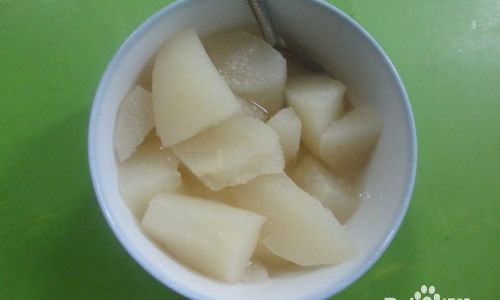
- Herbal Infusions: Add dried chrysanthemum flowers or wolfberries for a floral twist.
- Spices: A cinnamon stick or star anise imparts warmth.
- Citrus Zest: A strip of lemon or orange peel brightens the flavor profile.
Health Benefits of Rock Sugar Pear
Beyond its culinary appeal, this dessert offers a host of health advantages:
- Respiratory Relief: Traditionally used to alleviate coughs and soothe sore throats.
- Hydration: The pear’s high water content aids in moistening the lungs.
- Antioxidants: Rich in vitamin C and flavonoids, it supports immune health.
- Digestive Aid: Steaming softens dietary fiber, easing digestion.
Serving Suggestions
- Warm Enjoyment: Serve immediately after steaming, drizzled with a spoonful of the syrupy broth.
- Chilled Delight: Refrigerate for 2–3 hours for a refreshing treat, garnished with mint leaves.
- Pairings: Combine with a dollop of Greek yogurt or a sprinkle of toasted sesame seeds.
Storage and Reheating
Leftover rock sugar pear can be stored in an airtight container in the refrigerator for up to 3 days. To reheat, gently steam for 5–7 minutes or microwave in short bursts to retain texture.
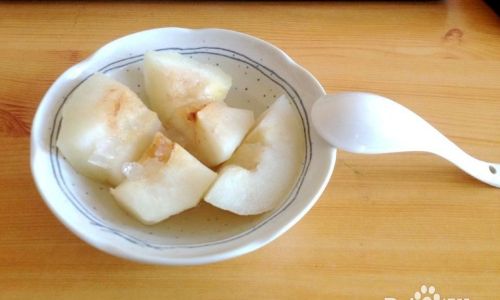
Cultural Significance
Rooted in Chinese tradition, rock sugar pear symbolizes nourishment and care. Often prepared during autumn and winter, it’s a staple in households battling seasonal colds. The dish also holds a place in festive celebrations, where its golden hue represents prosperity and well-being.
Conclusion
Mastering the steaming time for rock sugar pear is an art that balances precision with intuition. By understanding the interplay of ingredients, equipment, and environmental factors, you can tailor this dessert to suit your palate. Whether you prefer a tender pear bathed in sweet syrup or a firmer fruit with a subtle crunch, the key lies in patience and practice. As you embark on your culinary journey, remember that each batch offers an opportunity to refine your technique—and perhaps, create a new family tradition. So, fire up the steamer, savor the aroma, and delight in the timeless charm of rock sugar pear.
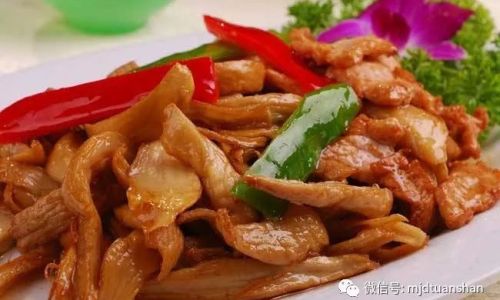
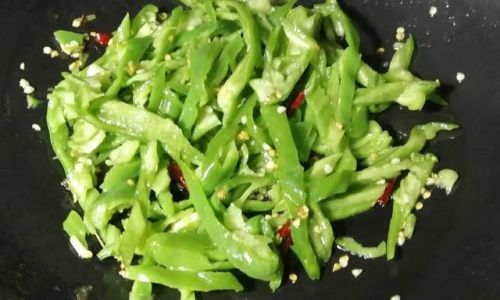
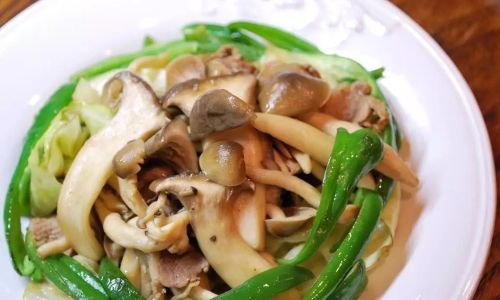
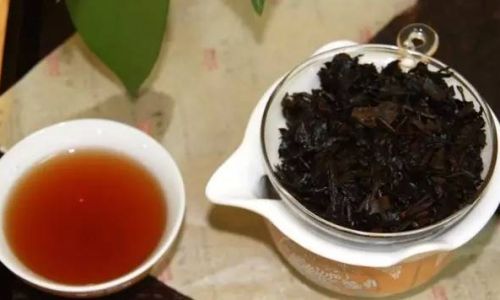
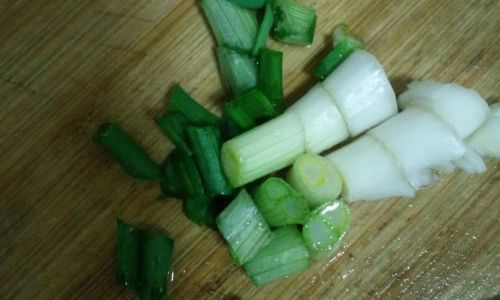
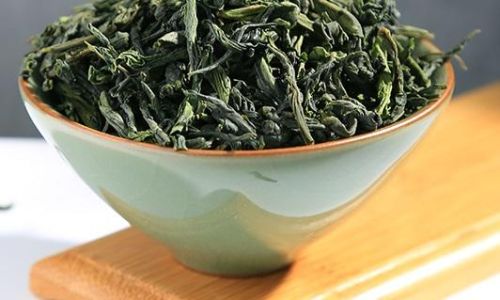
0 comments